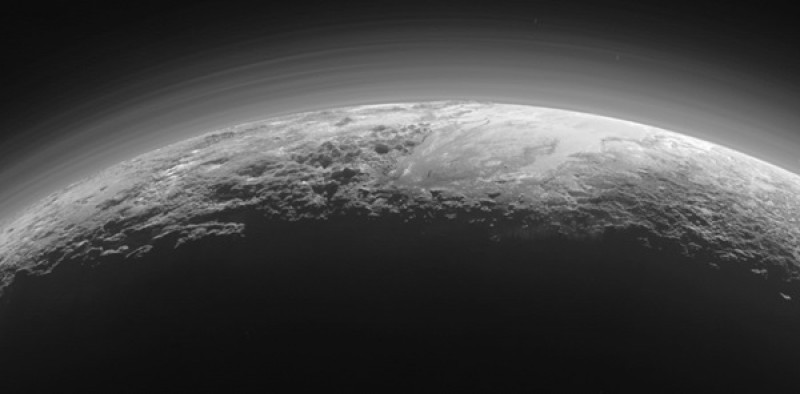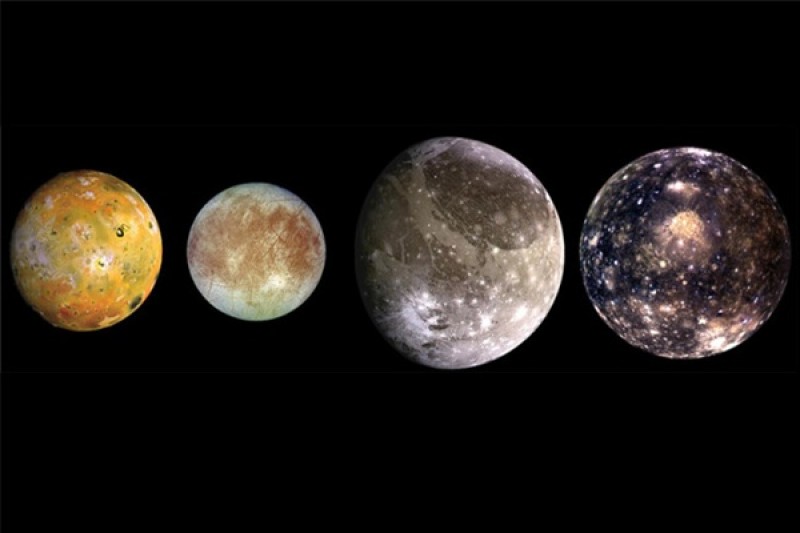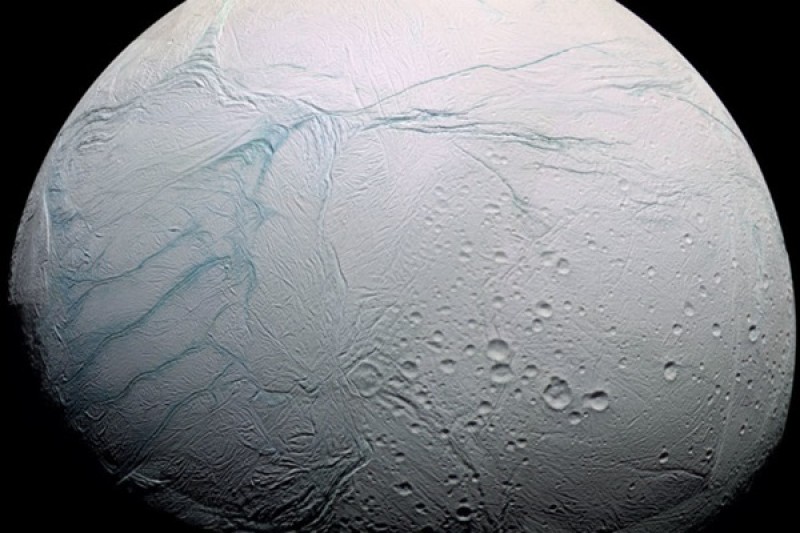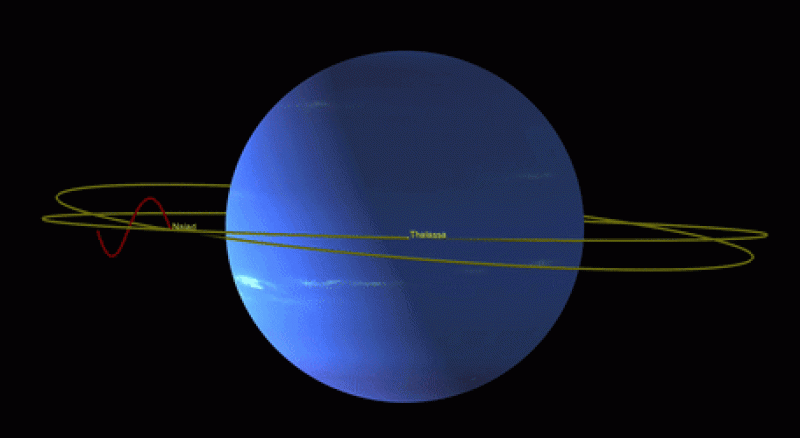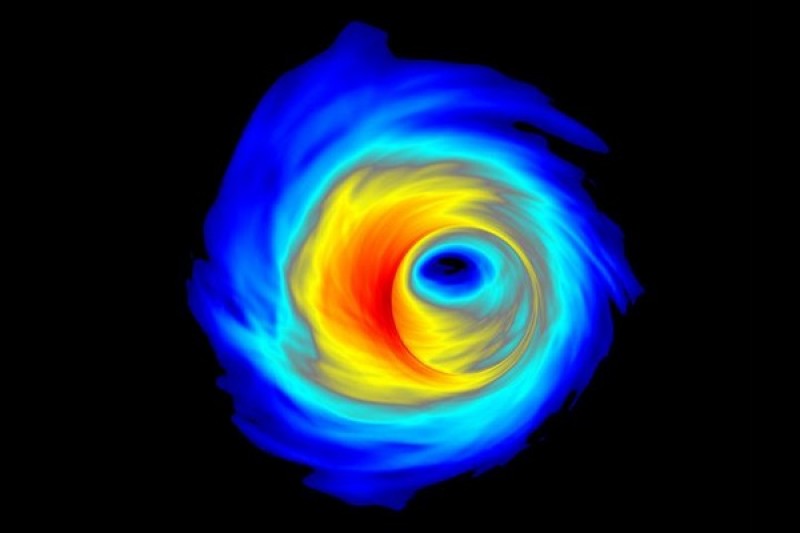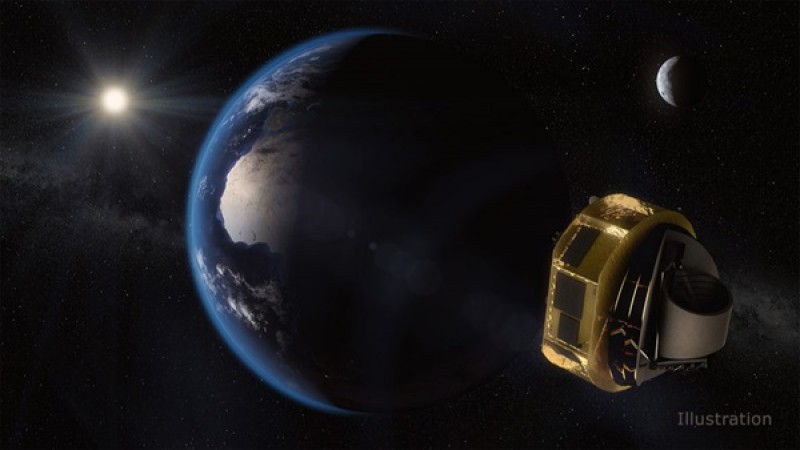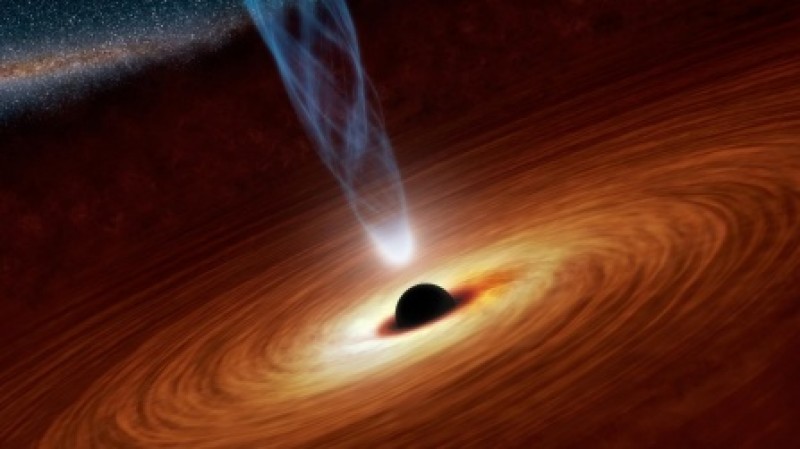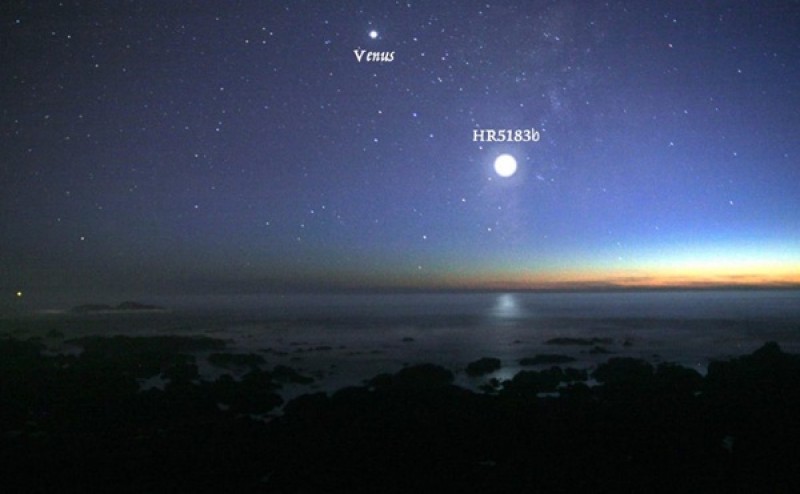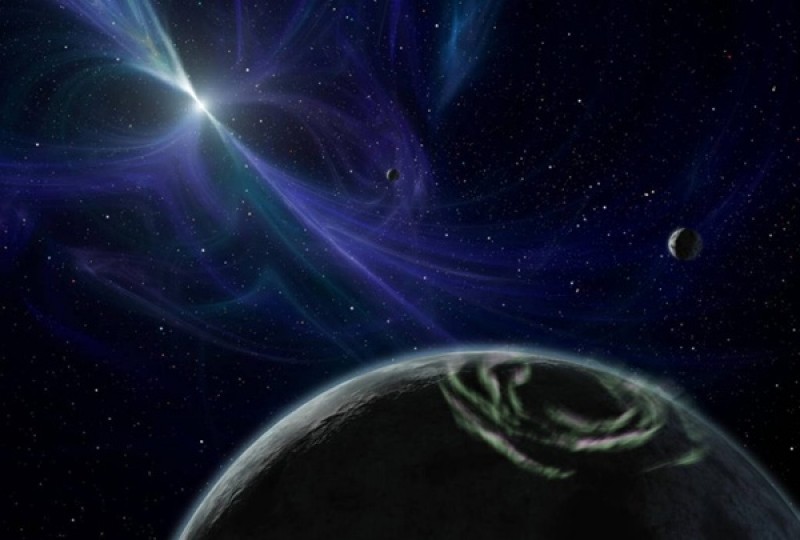Blog
Pluto is the most famous demoted planet, but it's not the first
Thursday, December 19th 2019 07:06 PM
As an astronomer, the question I hear the most is why isn’t Pluto a planet anymore? More than 10 years ago, astronomers famously voted to change Pluto’s classification. But the question still comes up.
When I am asked directly if I think Pluto is a planet, I tell everyone my answer is no. It all goes back to the origin of the word “planet.” It comes from the Greek phrase for “wandering stars.” Back in ancient times before the telescope was invented, the mathematician and astronomer Claudius Ptolemy called stars “fixed stars” to distinguish them from the seven wanderers that move across the sky in a very specific way. These seven objects are the Sun, the Moon, Mercury, Venus, Mars, Jupiter and Saturn.
When people started using the word “planet,” they were referring to those seven objects. Even Earth was not originally called a planet – but the Sun and Moon were.
Sin...
Read More
Read More
Jupiter's Galilean moons likely formed bit by bit from pebbles
Wednesday, December 11th 2019 09:47 PM
Even in a backyard telescope, the four largest moons of Jupiter are big enough to be seen as little specks of light. And while humans have known about these “Galilean satellites” for centuries, there are still a lot of unanswered questions about how the moons formed.
Now, a team of researchers has proposed a possible history for the moons that better explains more of their properties than other models could. The team suggests that the moons grew slowly by collecting pebbles, rather than larger rocks, from around an early Jupiter.
This process is like a mini version of how astronomers think our entire solar system formed, with worlds growing from pebbles to planets.
And in Jupiter's case, the process can account for the moons’ masses, orbits, ice-to-rock ratios and differences in their internal structures, the researchers report in a recent study published in The Astrophysical Journal.
Growing moons
In gene...
Read More
Read More
How the icy moon Enceladus got 'tiger stripes' at its south pole
Wednesday, December 11th 2019 12:09 AM
Saturn’s icy moon Enceladus sports a series of parallel, evenly spaced stripes at its south pole. Scientists believe these stripes are long fissures in the icy shell that covers the moon's subsurface liquid water ocean. But astronomers still aren’t sure how these fissures formed, why they’re so evenly spaced or why other icy worlds don’t have them. Now, a team of researchers has proposed an explanation that could account for all the major questions about this series of fissures. The team published their findings Monday in the journal Nature Astronomy.
Breaking Enceladus' ice
Scientists discovered the stripes when the Cassini mission to Saturn noticed something unusual at the moon’s south pole. Plumes were erupting along along a series of features that researchers dubbed “tiger stripes.” "People have been interested in this ever since that was discovered, and it's been in kind of...
Read More
Read More
A weird, orbital dance keeps these moons of Neptune safely on track
Thursday, November 21st 2019 07:13 PM
Bobbing up and down like a carousel horse might not sound like a stable way to orbit a planet, but it works for one little moon of Neptune. The planet's innermost known satellite, Naiad, has a tilted orbit and it moves up-and-down relative to its neighboring moon, Thalassa.
The strange arrangement keeps the two moons steadily on track, despite their close orbits, without getting thrown into Neptune or into space, according to a new study. The finding also helps reveal some of the history behind Neptune’s moons. The researchers reported the discovery in a recent paper in the journal Icarus.
Orbital resonance
The arrangement of the two moons’ orbits is an example of what scientists call an orbital resonance. Repeating patterns in their orbits apply a regular set of gravitational forces to the two moons. In this case, the repeating forces keep the moons in their orbits, but resonances can be disruptive as well.&n...
Read More
Read More
Home/News/Huge black holes may have cannibalistic baby black holes orbiting around them 3.1K Huge black holes may have cannibalistic baby black holes orbiting around them
Tuesday, November 19th 2019 09:14 PM
When the LIGO collaboration first detected the spacetime ripples of a gravitational wave it came from the merger of two black holes. To date, scientists have detected at least ten pairs of black holes spiraling into and combining with each other.
But there’s still an outstanding mystery about these singularities: why are some of them so big? Some have been far larger than scientists think possible for a black hole created in the aftermath of a star’s death.
Now, a group of researchers has proposed a new possibility. Black holes in the accretion disk surrounding a galaxy’s central supermassive black hole might gather in similar orbits. This could lead black holes to go through multiple mergers, growing larger each time.
The researchers created simulations to show that this was possible and described their results in the journal Physical Review Letters.
Growing black holes
On July 29, 2017, gravitational wave de...
Read More
Read More
This spacecraft will detect if exoplanet skies are cloudy, hazy, or clear
Thursday, November 14th 2019 11:55 PM
NASA announced last week that it will contribute to a European Space Agency mission scheduled to launch in 2028. The spacecraft, called ARIEL (for Atmospheric Remote-sensing Infrared Exoplanet Large-survey), will be the first space mission dedicated to studying exoplanet atmospheres.During its primary mission lasting some four years, ARIEL will study the atmospheres of roughly 1,000 exoplanets. NASA’s contribution, an instrument called CASE, will let astronomers tell whether these exoplanets’ skies are cloudy, hazy or clear. The results will help astronomers understand how planets and their atmospheres form and change over time.
Thousands of Skies
So far, astronomers have discovered thousands of exoplanets that pass in front of their stars from our point of view. With the right tools, astronomers can study light from the host stars that pass through the planets’ atmospheres. This can reveal information like the...
Read More
Read More
How could we find a wormhole hiding in the Milky Way?
Tuesday, November 12th 2019 07:01 PM
If there was a wormhole in the center of our galaxy, how could we tell? Two physicists propose that carefully watching the motions of a star orbiting the Milky Way's supermassive black hole might help scientists start to check. The researchers published the idea in a recent paper in the journal Physical Review D.
A wormhole is a hypothetical concept that connects two separate areas of space-time. Wormholes often appear in science fiction narratives like the 2014 film Interstellar as a convenient way to get from point A to point B in the vast universe. Physicists have many theories that describe how wormholes might behave, if they exist, but haven’t yet found any.
Traversing a wormhole
De-Chang Dai of Yangzhou University in China and Dejan Stojkovic of the University at Buffalo decided to tackle the question of how scientists might test whether a wormhole exists in the center of the Milky Way.
For this to be possible, the wor...
Read More
Read More
A rocky planet in this weird star system would have stunning skies
Friday, November 8th 2019 09:52 PM
Over the past couple of decades, astronomers have discovered thousands of alien planets and solar systems. These worlds come in a wide variety of arrangements, many of which are quite different from what we see in our own solar system.
Some have giant planets that swing through the planetary systems in stretched-out, or “eccentric,” elliptical orbits, unlike the nearly circular orbits of planets like Jupiter and Saturn.
Astronomers think that many of these eccentric giant planets would act like “wrecking balls” in their planetary systems, disturbing the orbits of other, smaller planets. But that’s not always the case, according to a study published last week in The Astronomical Journal.
A giant exoplanet called HR 5183b, which orbits its host star in a stretched-out loop once every 75 years or so, wouldn’t disrupt the orbit of a small, rocky neighboring planet under the right conditions. And any starg...
Read More
Read More
Supermassive black holes stop star formation in dwarf galaxies
Friday, October 18th 2019 10:07 PM
Astronomers know that most galaxies house supermassive black holes in their centers, from the largest galaxies down to small dwarfs. They also know that when supermassive black holes are actively feeding, they can slow or even stop the formation of stars in their home. Although this relationship has been well established for large galaxies, it has not been studied much in dwarf galaxies. Now, researchers have discovered that black holes in dwarf galaxies are capable of shutting down star formation, just like their more massive counterparts.The finding, published October 11 in The Astrophysical Journal, shows that winds of energetic gas and particles blasted out by supermassive black holes can stop star formation in dwarf galaxies. It is the first time that black hole winds in dwarf galaxies have been studied in such detail, according to the team. And it’s an intriguing find, because astronomers didn’t expect such strong winds from the black holes in dwarf gala...
Read More
Read More
How the first exoplanets were discovered
Tuesday, October 15th 2019 04:56 PM
In 1992, astronomers discovered the first exoplanet, or planet outside our solar system. But it didn’t come in any form they’d really anticipated.
Neutron stars are the second densest type of object in the universe outside black holes. They form when a giant star dies and explodes outward as a result of the collapse of its core. Put simply, the star becomes too massive to go on and expels all its energy into the surrounding space. The core is a sort of ground zero of this detonation. When that core collapses, depending on the size of the star, it becomes either a neutron star or a black hole.
Some neutron stars are called pulsars, for the regular “pulses” they give off in radio frequencies. Think of many of them like a drummer — fast regular beats. Some pulsars, called millisecond pulsars, “drum” so fast that it would put Napalm Death’s drummer Danny Herrera to shame.
Those pulses are so regular that if they don’t c...
Read More
Read More
